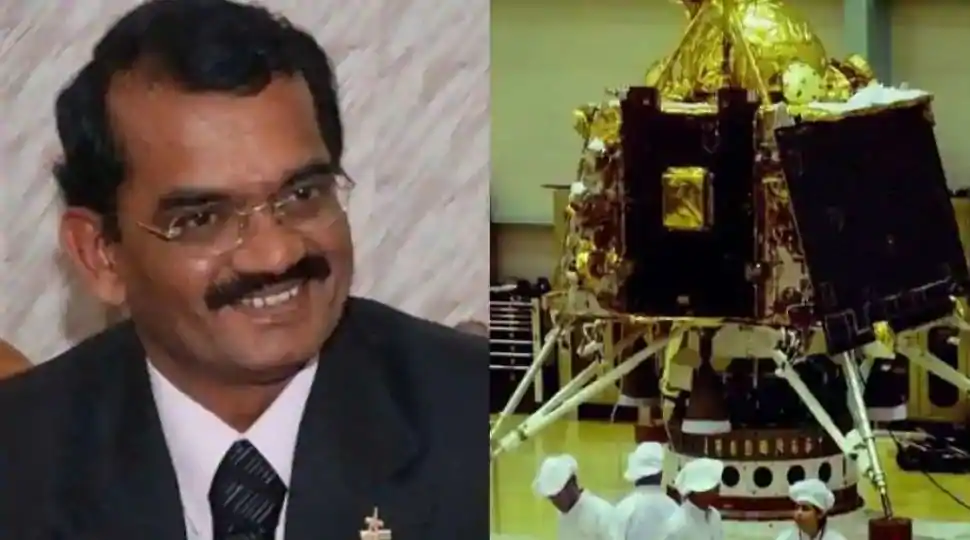
SOURCE: ZEE NEWS
Satellites built and launched by the Indian Space Research Organization are not just meeting India’s domestic requirements across domains, but their data is also used by America and Australia for issuing weather warnings, said Dr Mylswamy Annadurai, the former Director of ISRO’s UR Rao Satellite Center.
Speaking at a virtual event titled “Science and technology for a Self-Reliant India”, organized by the Press Information Bureau, he said that the combined use of satellite data and drones had even contained and prevented the spread of locust attacks in parts of North India.
Dr Annadurai, who currently serves as the Vice President of Tamil Nadu State Council for Science and Technology elaborated on how indigenous technology was catering to local and international demands.
“When the locusts attacks began, the authorities collected wind vector data from satellites and understood the possible areas that locusts would fly into. Given that locusts rest at night and fly during the day and are agitated by sound, traps were placed to kill the locusts. Drones developed at Anna University in Chennai, with the capability of spraying repellents/chemicals conducted flying operations at night to kill the locusts” he said.
On the importance of advanced science and technology in India, he said that it was evident from the manner in which Jai Vigyaan (Science) was seen as equal to Jai Jawan (Armed Force) and Jai Kisan (Agriculture).
Speaking of Indian satellites, Dr Annadurai said that ISRO-built satellites used for weather forecasting were not only reducing the damage during cyclones at home but also aiding the International Community via The Coordination Group for Meteorological Satellites.
He also added that satellites were being used to help fishermen stay within Indian waters and to also help them find a good catch by monitoring the colour of the sea and other parameters.






